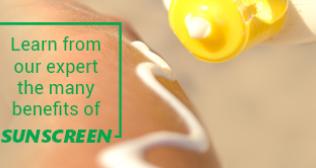
Pulse Oximetry Screening
How to Pick up Some Serious Heart Defects at Birth
Every newborn deserves the best possible health care. Children are the most precious resource of a nation. Ill health sometimes starts at birth, in the form of defects of parts of the body. The most common birth defect is a defect of the heart. One in 100 newborns is born with congenital heart defect (CHD). Some CHDs are minor while others are major and may require very early heart surgery or intervention. Further, correct timing for repair is crucial. A delay can be life threatening or can cause irreversible damage to the lung arteries.
So how can one pick up CHDs at birth? Ideally, one could perform an echocardiogram (sonography of the heart) on all newborns. But this is not practical.
Pulse oximetry is a simple bedside test where an infrared light shone through the skin of a finger (or toe) helps tell whether a person has CHD where impure (deoxygenated) blood flows in the arteries. A CHD where such impure blood abnormally flows in the arteries is considered major and is termed cyanotic CHD. This test is routinely done in patients admitted in hospitals especially with heart or lung diseases. It is considered the 5th vital sign after temperature, pulse rate, respiratory rate and blood pressure.
A pulse oximetry performed on all newborns will therefore help detect cyanotic CHDs. The best time to do the test is NOT immediately after birth but on the 2nd or 3rd day of life or at discharge home, which ever is later.
This test has become a law in the United states in the past few years. The pulse oximetry machine is tiny, portable, battery operated, low maintenance and simple. The result is displayed immediately on the screen. The confirmation can be done by an echocardiogram.
Ask your doctor for a pulse oximetry check on your newborn before discharge home.
Dr Swati Garekar
American Board Certified (peds card)
Consultant Pediatric Cardiologist
Categories
Clear allMeet the doctor

- Paediatrics | Paediatric Cardiac Sciences
-
15 Years
-
2000

















